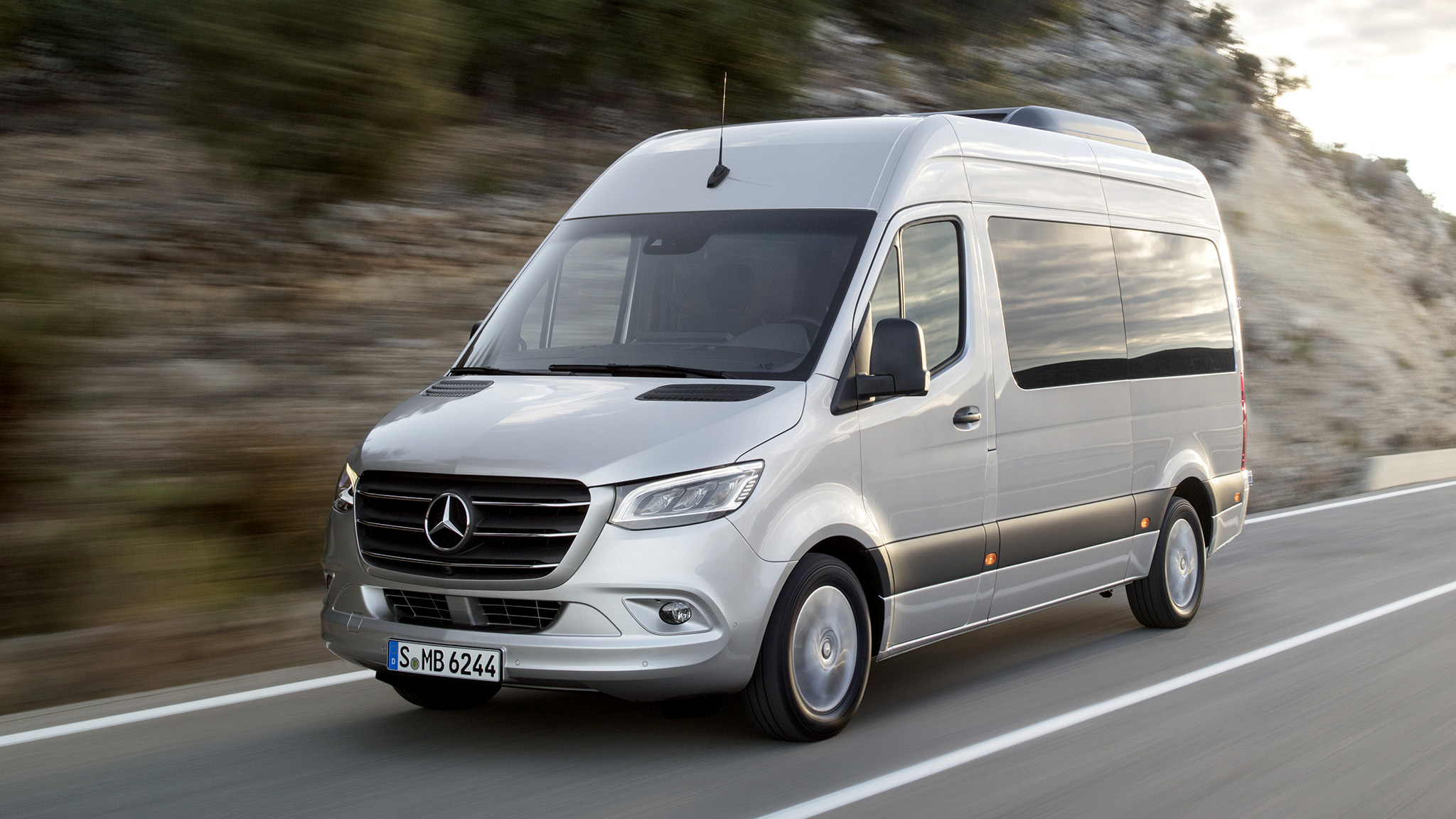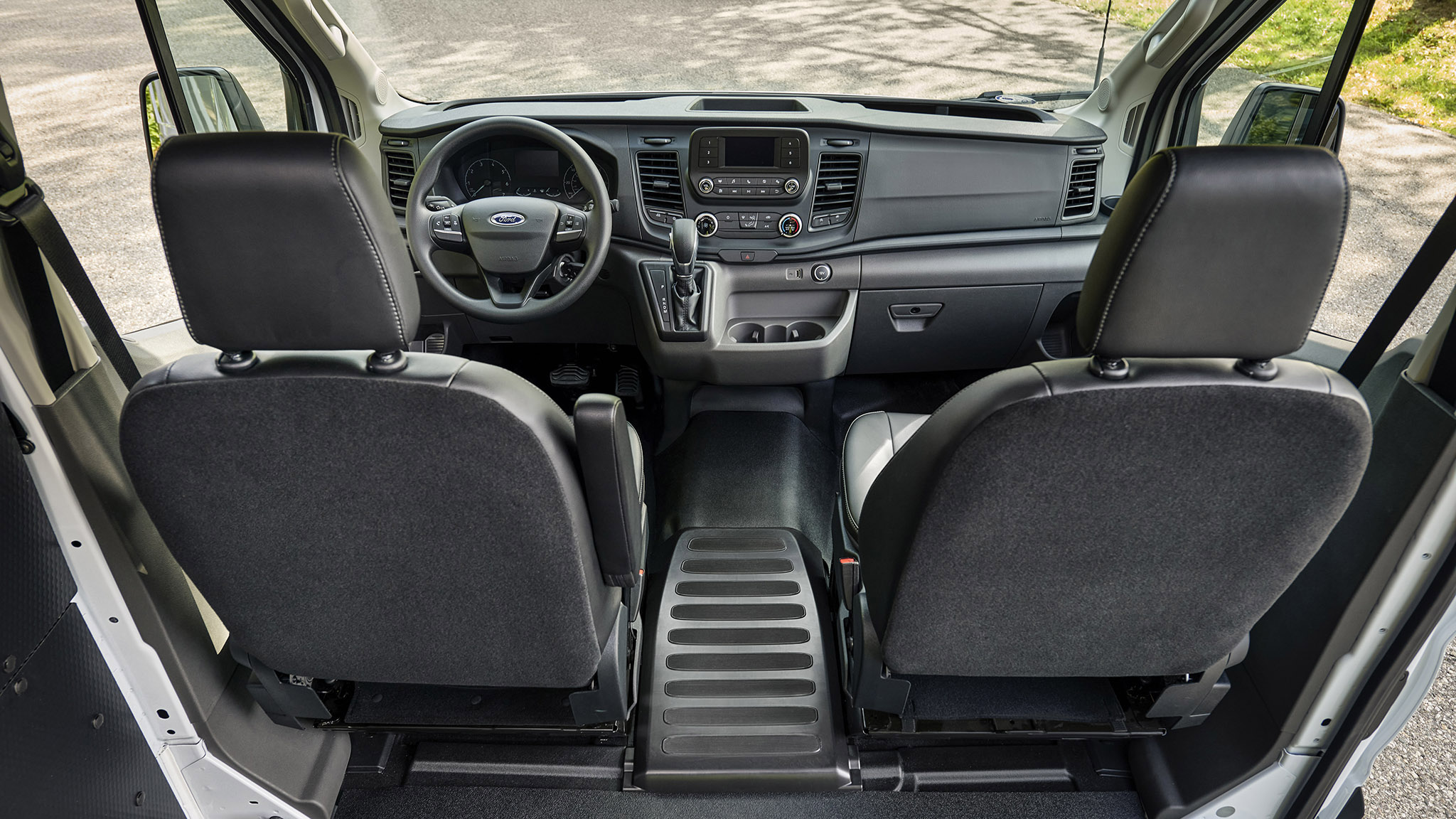2022 Ford E-Transit Expert Review
Reviewed by Willis Kuelthau
The 2022 Ford E-Transit is on the leading edge of what is soon to be a crowded market: electric cargo vans. With the same steadfast practicality as its gas-powered compatriots, the E-Transit ought to be a popular choice for the next generation of delivery and utility fleets.
What's New
- Electrified version of Ford's do-it-all van platform
- Shares cargo capacities with the gas-powered version
What We Think
The Ford E-Transit may not be exciting as the F-150 Lightning, but it's equally important as a turning point in the EV market. The E-Transit is one of the first electric cargo vans to the market, joining the Amazon van made by Rivian (which is partially owned by Ford). The gas-powered Transit has remained the best-selling commercial van in America for decades. As the market shifts toward electrification, that mantle will pass to the E-Transit.
In most ways, the E-Transit loses no capability against its sibling. Cargo capacity remains the same, and at a maximum of 3,800 pounds, payload should be adequate for all but the heaviest duty. Electric range is unremarkable by consumer standards, but it's enough for delivery routes.
The E-Transit is designed for durability — bumpers are simple unpainted plastic, and all electric parts are guaranteed for 8 years or 100,000 miles. That's a substantial improvement over the regular Transit's 5-year/60,000-mile powertrain warranty. Another advantage for the E-Transit is its ability to act as a mobile generator like the F-150 Hybrid.
If it all sounds a bit boring, that's a good thing. From the trades to courier services, the E-Transit is the workhorse of the future. Get ready to start seeing it in your neighborhood.
Performance and Fuel Economy
The E-Transit comes with an electric motor making 266 horsepower and 317 lb-ft of torque. That's a boost of 75 lb-ft over the base V-6 on the gas-powered Transit. The motor and batteries are mounted underneath the floor of the van, adding about 600 pounds of weight and displacing the spare tire, which is now located underneath the hood.
The EPA hasn't released official efficiency numbers, but we know that the E-Transit has a maximum range of 126 miles. That figure decreases in configurations with higher roofs, down to a minimum of 108 miles. That's not much by EV standards, but Ford believes it will be enough for commercial use.
A full charge takes eight hours on a 48-amp Level 2 charger. At a DC fast charging station, Ford claims that 15 minutes will restore up to 45 miles of range.
More to Come
Ford may be the first major automaker to offer an electric van, but it won't be the last. Mercedes-Benz has indicated that it'll bring an electrified Sprinter to North America by 2023. The Ram ProMaster EV is scheduled to debut the same year, and electric versions of GM's Savana/Express twins shouldn't be too far behind. Nissan already makes the e-NV200, but it's unclear if or when it will make it to the U.S.
Ford has demonstrated a strong commitment to electric powertrains, and it's been rewarded by the success of the Mustang Mach-E and the hype surrounding the F-150 Lightning. As the technology develops and matures, being first to the market in the commercial segment can only help Ford maintain its hold on the top spot.
Safety Ratings and Features
The E-Transit comes with a generous helping of standard safety tech, including automatic emergency braking, lane keeping assist, and automatic high beams. Adaptive cruise control, blind-spot monitors, and parking sensors are optional. Federal and independent testers haven't crash-tested the E-Transit, and that's unlikely to change anytime soon.
Cargo Space and Interior Room
Cargo capacity on the E-Transit varies according to wheelbase and roof height. Maximum space is the same 487 cu ft as the Transit, and we'd expect a passenger van to match the Transit's passenger space when it arrives. For the time being, no E-Transit seats more than two.
Technology
Every E-Transit gets a 12.0-inch infotainment touchscreen running Ford's Sync 4 system, which includes Apple CarPlay and Android Auto compatibility. Navigation and a 360-degree camera are optional. Otherwise, tech features are slim—even a six-speaker sound system costs extra.
Trim Levels
The E-Transit forgoes traditional trim levels and varies only by body, wheelbase, and roof height, each of which comes in three flavors. At launch, the van is available in cargo, cutaway, and chassis-cab configurations. Three roof heights (83.6, 100.8, and 110.1 inches) and three lengths (regular, long, and extended) define the size options.
Pricing starts a hair under $45,000 for the smallest cutaway van. Cargo vans start at $48,880, and an extended cargo van with the highest roof costs over $54,000. Aside from a few tech and safety features, the bulk of the options offer upgrades to flooring, lighting, and configuration of the rear compartment.
































